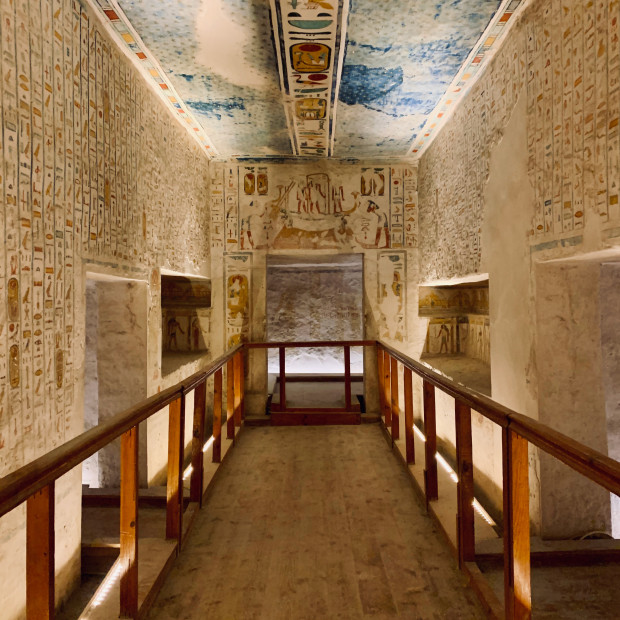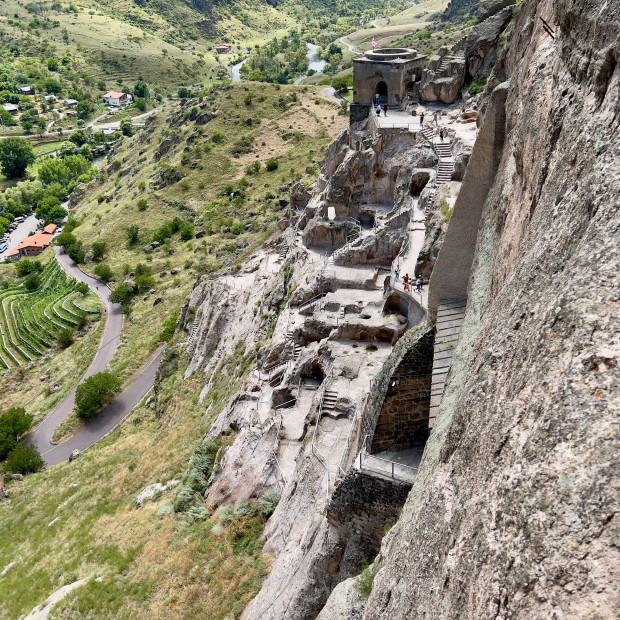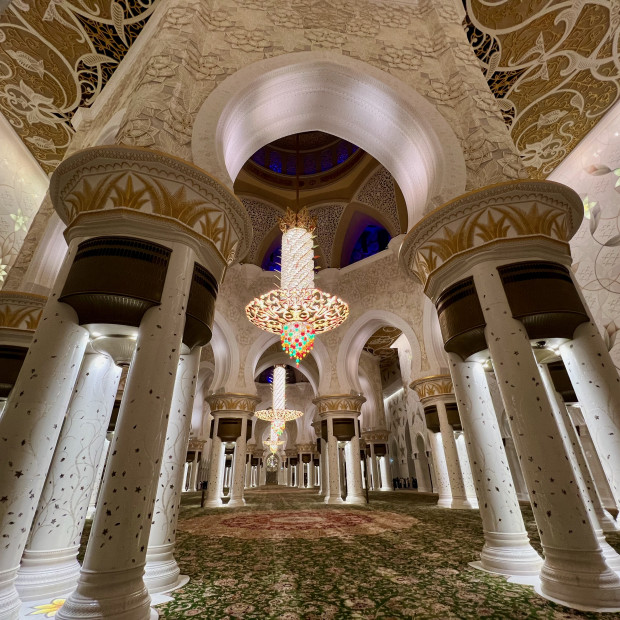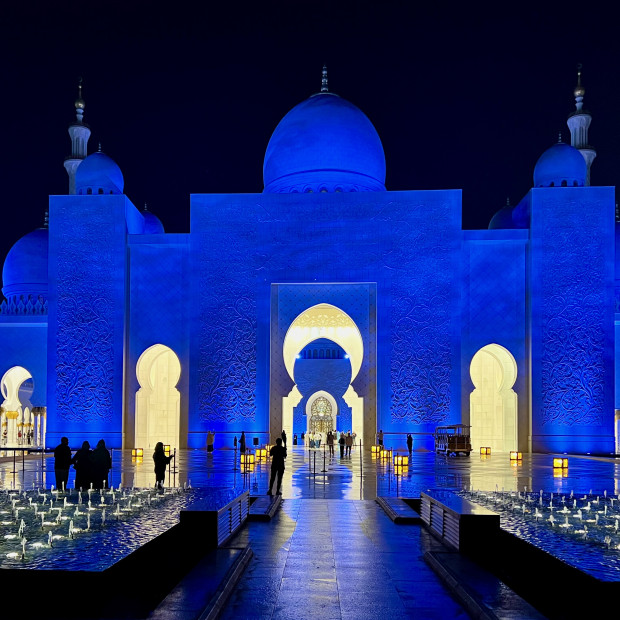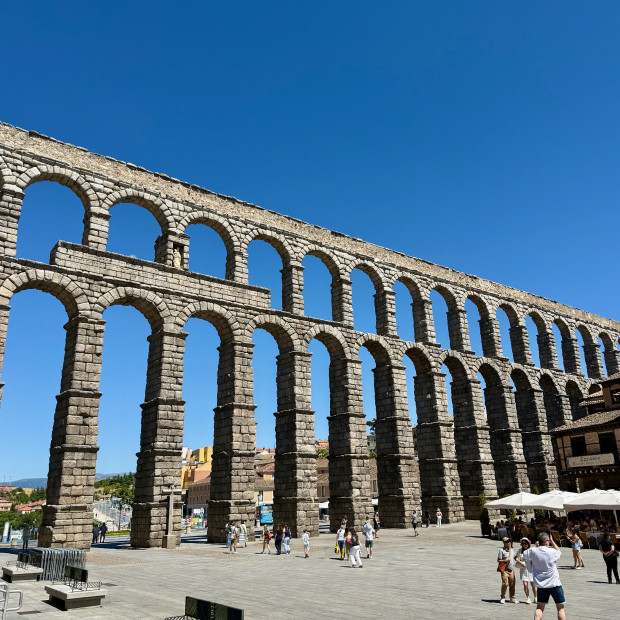About this place
Karnak Temple, located in the city of Luxor, Egypt, is one of the largest and most impressive temple complexes in the world. It is a significant archaeological site and a testament to the grandeur and architectural prowess of the ancient Egyptians.
Construction of Karnak Temple began over 4,000 years ago during the Middle Kingdom and continued for more than a thousand years, with successive pharaohs adding their own contributions to the complex. The temple served as a center for religious worship and was dedicated primarily to the god Amun-Ra, along with his consort Mut and their son Khonsu.
The scale of Karnak Temple is truly awe-inspiring. Covering an area of about 200 acres, it consists of a vast network of temples, chapels, pylons, obelisks, and statues. The centerpiece of the complex is the Great Hypostyle Hall, which features an array of 134 massive columns, some reaching a height of over 70 feet (21 meters). Walking through this majestic hall gives visitors a sense of the grandeur and architectural mastery of ancient Egypt.
One of the most famous structures within Karnak Temple is the Precinct of Amun-Re, which includes the Temple of Amun, the Temple of Ramses III, and the Temple of Montu. These structures display intricate carvings, hieroglyphs, and detailed reliefs that depict various religious rituals, pharaonic processions, and mythological scenes.
The Avenue of Sphinxes, a long pathway lined with sphinx statues, connects Karnak Temple to Luxor Temple, creating a symbolic link between the religious centers of ancient Thebes (modern-day Luxor). This avenue was used for grand processions and festivals during the height of the Egyptian civilization.
Visiting Karnak Temple allows visitors to step back in time and experience the majesty and spirituality of ancient Egypt. Exploring the vast complex, witnessing the colossal structures, and admiring the intricate artwork provides a profound insight into the religious beliefs and architectural achievements of this ancient civilization.
Karnak Temple continues to be a significant archaeological site and a major attraction for tourists from around the world. Its historical and cultural significance, combined with its immense size and architectural beauty, make it a must-visit destination for anyone interested in ancient Egyptian history and architecture.

